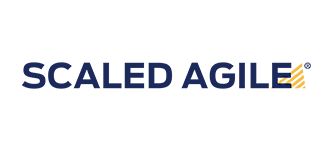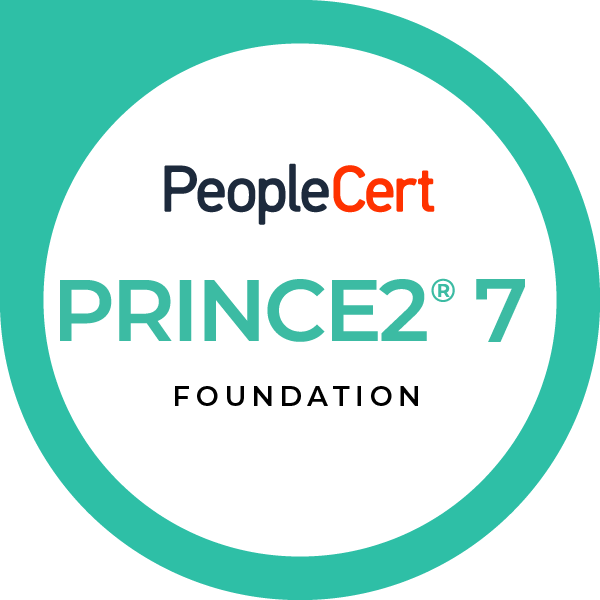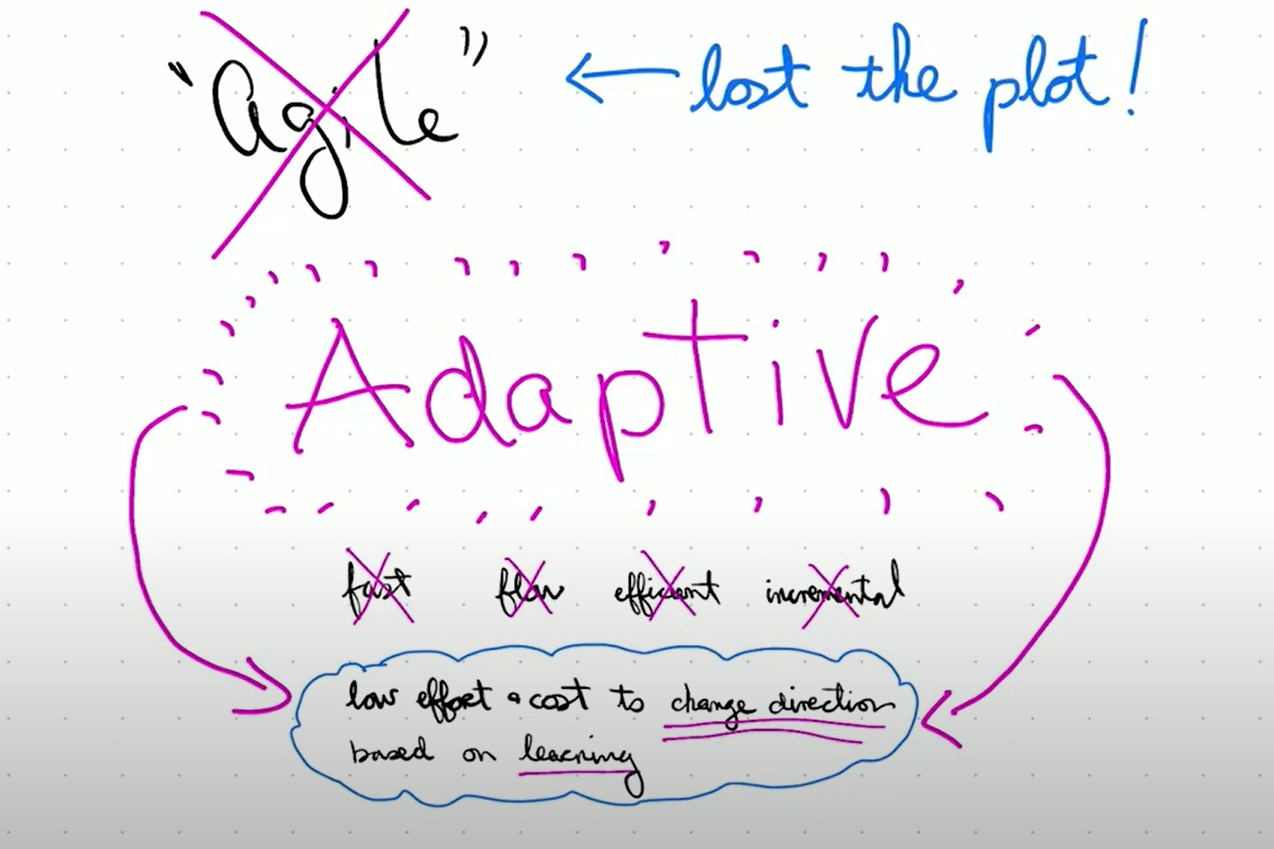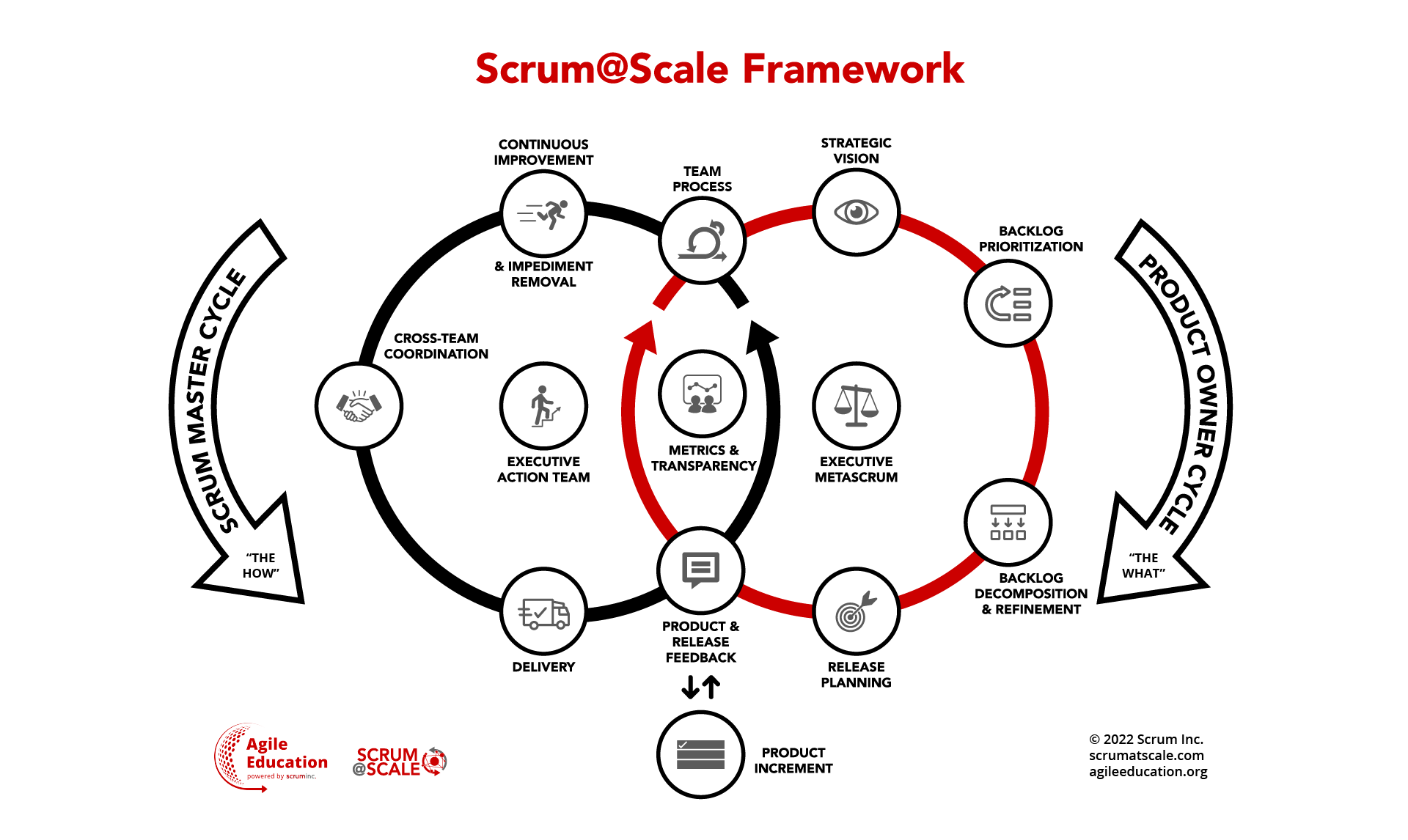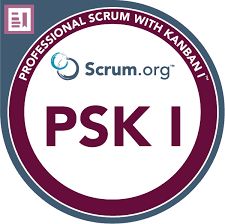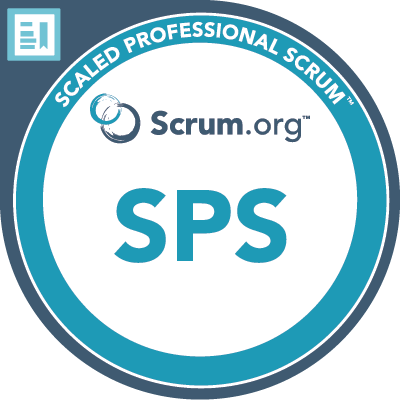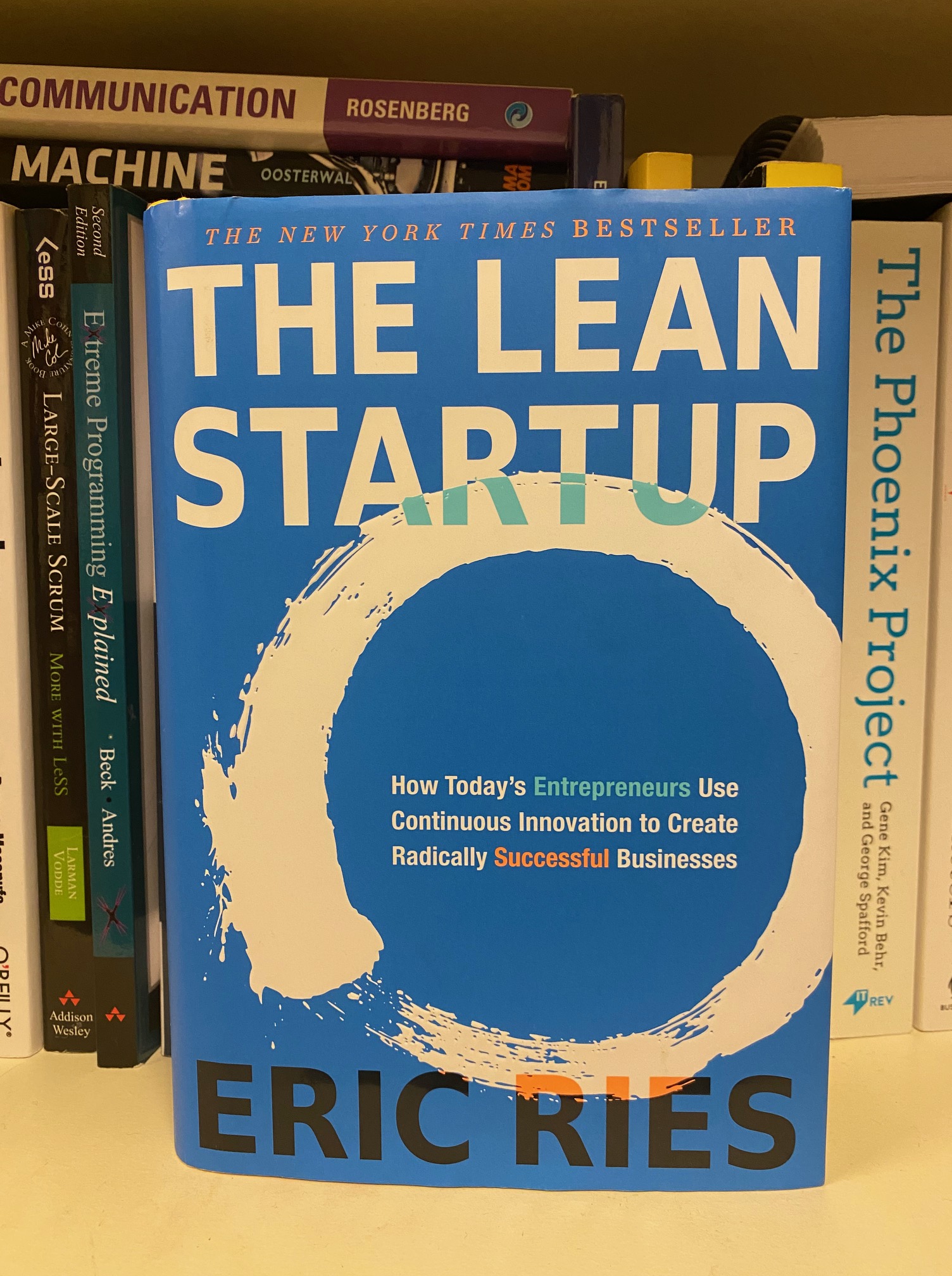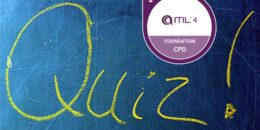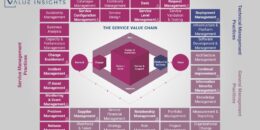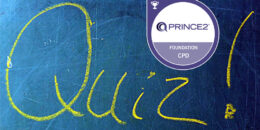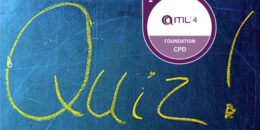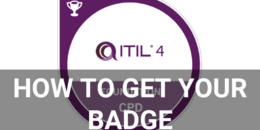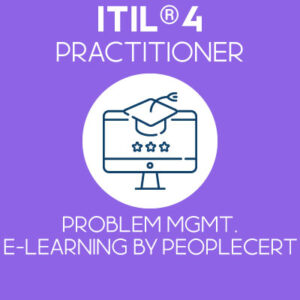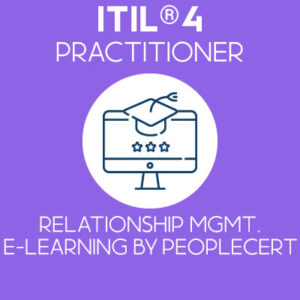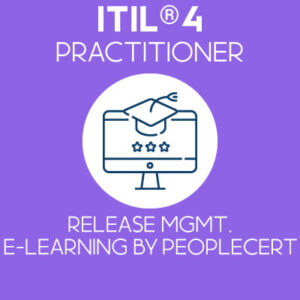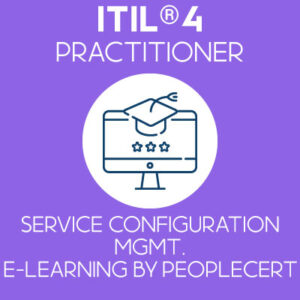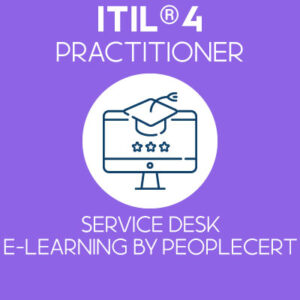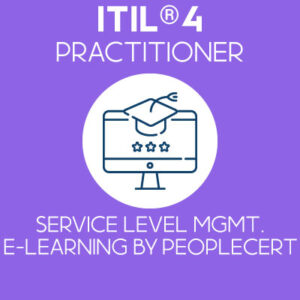Traditional project management vs Agile
For more than 15 years, since the publication of the Agile Manifesto and the rapid growth of Lean-Agile methodologies and frameworks (Scrum, Kanban, XP…), the Project Management Institute (PMI) has been equated by Agilists – especially in software development where Agile originated – as the sum of all evils, an organization promoting antiquated project management methodologies doomed to failure.
A perfect example of this is on the website of Craig Larman, creator of LeSS (Large Scale Scrum, a great scaling framework btw). The site states that in order to build a training partnership with LeSS, there must be aligned values between LeSS and the partnered company such as “…the company is not also providing support for conflicting ideas/values, such as PMP”. The Project Management Professional (PMP) being the most recognized project management certificate from PMI.
For sure, there have been countless of software development project failures using waterfall methodologies and that is one of the reason why Agile methodologies emerged. In any case and for a very long time, there were essentially two worlds out there:
- The good (the pure Agilists)
- The evil (the big bad traditional project managers)
Naturally, there are fundamental differences between those two approaches when applied to the letter. Some well intended souls/pragmatists/money seeking individuals (choose one, two or the three options depending on your views) have attempted to bridge the two worlds with the invention of the term Agile project management and the subsequent Agile project manager role (cry, smile or laugh or choose one, two or three options…)
This has been the situation for some time but one thing was clear during all those transition years:
Software was eating the world and Agile projects were more successful than non Agile ones.
The PMI had to react…
The PMI-Agile Certified Practitioner: A step in the right direction?
In 2012, due to stakeholders’ pressure and the realization that a paradigm shift was at hand, the PMI ventured into offering its own Agile certification: the PMI-Agile Certified Practitioner (PMI-ACP). The ACP was (and still is) a well thought of certificate as it intended to demonstrate that not only did the holder had theoretical Agile knowledge but also relevant and practical Agile experience. The presentation of the Agile methodologies on the PMI-ACP was also not secluded to Scrum but covered other Agile frameworks and concepts. The body of theoritical knowledge required to pass the exam was acquired through attending one or more Agile trainings and reading recommended books. There was no official body of knowledge such as the Project Management Body of Knowledge (PMBOK) for the PMP.

In the third quarter of 2017, the PMI partnered with the Agile Alliance to develop the Agile Practice Guide. The Agile Alliance is a non for profit organization created by some founders of the Agile Manifesto, the most notorious one being Ken Schwaber (co-creator of Scrum). The Alliance has a cool website which records Agile history, Agile frameworks, concepts and practices without discrimination. That move gave a lot of credit to the PMI which decided to bundle the Agile Practice guide with its 6th version of the PMBOK and try to bridge the two worlds: waterfall and Agile in one publication.
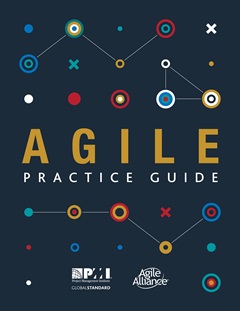
The growth of the number of ACP holders has been steady to date and it will become the number two certification of the PMI by end of 2019. However, the total number of ACP holders (28,000+ in Oct 2019) still pale in comparison to other established Agile certificates such as the Certified Scrum Master (CSM) or Professional Scrum (PSM). More info on those certificates here.
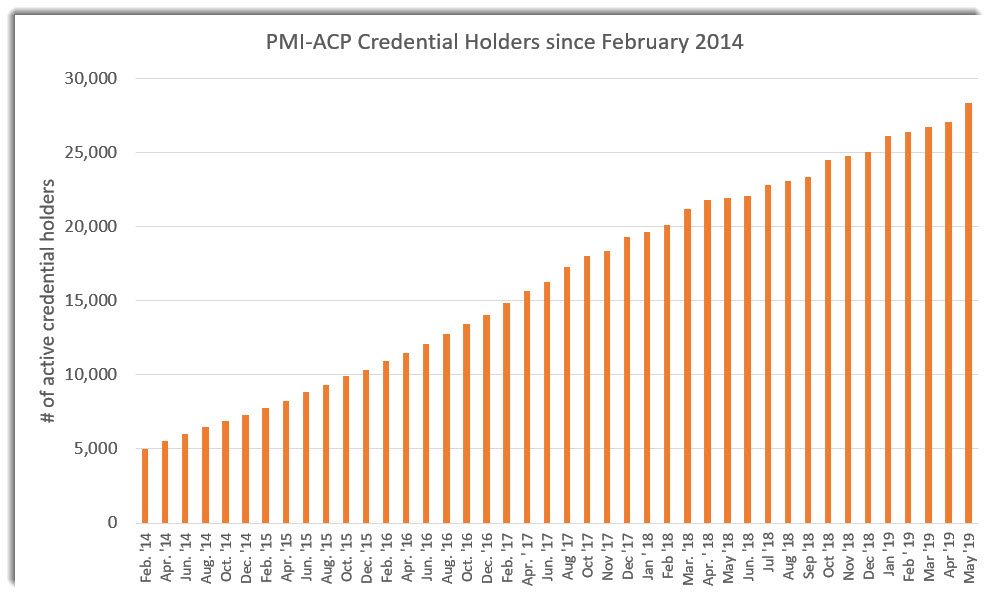
2019: PMI aggressive moves on Agile
In March 2019, things changed with Sunil Prashara, the newly appointed president and Chief Executive Officer of the PMI. It would be an understatement to say that Mr Prashara introduced some key changes in the organization. To most of PMI members, it is nothing short of a revolution. Strategy, communication and events have all increased and improved dramatically. Things are visibly changing at the PMI and for the first time, there seems to be a clear and agressive strategy towards Agile.
In relation to that, the following strategic moves are under way:
- The decision to have 50% of questions of the Project Management Professional (PMP) exam based on Agile or hybrid models as early as next year. An extremely interesting and bold move, it was actually so strong that training providers have requested for a delay in the change implementation in order to be prepared
- The decision to completely rewrite the PMBOK with a group of 12 experienced and pragmatic practitioners. People having experiences in both Agile and waterfall methodologies, being non agnostic or tied to a specific methodology. This group include talented professionals such as Jean-Luc Favrot, Mike Griffiths, or Al Shalloway
- The acquisition of Disciplined Agile Delivery (DAD) of Mark Lines and Scott W. Ambler. DAD is actually the 4th most popular method and approach for scaling Agile as per the 15th Survey. This move is extremely significant as it will give a lot of substance to the PMI Agile methodologies in the future
- The acquisition of FLEX from Net Objectives. The FLEX approach is an industry leading agile approach based on Lean-Thinking and patterns that improves an organization’s ability to achieve business agility. The combination with DAD will create a very powerful and incentive offering
As one can see, there is a huge commitment from PMI to acquire and address Agile needs, tools and methodologies in its portfolio.
So what is next and what changes can we expect to see in the Agile world?
Intensified competition between Agile education providers with Agile scaling frameworks in 2020
Since the last 2 years, all large Agile education providers are placing a lof of efforts on the topic of Agile scaling (i.e. multiple Agile teams working on a common product) which cater for the needs of medium to large companies. In addition, the quality of services and products proposed by those organizations to individuals who want to improve their career thanks to Agile is increasing dramatically. Gone are the days of basic trainings with paper certificates, individuals look for recognized certificates with an organization offering large curriculum possibilities beyond simple Scrum (Lean, XP, Kanban, scaling…)
In this battle for recognition and market share, the following Agile organizations and their frameworks are particularly noteworthy:
- Scaled Agile with SAFe 5.0. SAFe is the most commonly used scaled Agile framework in the world as per VersionOne. This framework has been revised several time since its year of creation in 2011 and possess an impressive knowledge base. Scaled Agile boasts that 70% of Fortune 100 companies have already adopted its framework and an increasing number of Fortune 500. Scaled Agile has developed an impressive array of SAFe trainings catering for different roles, levels and individuals in an organization. Increasingly, big consulting firms are turning towards SAFe for their clients thanks in part to a low barrier for becoming a SAFe trainer (SAFe Program Consultant or SPC) as well as an increasing market recognition of this framework.
- The Scrum Alliance and its flagship products such as the Certified Scrum Master (CSM). Often criticized for being too lenient and unequal on training quality and slow to change, the Scrum Alliance has started to modernize its service offerings with advanced curriculums, e-learning offerings and a review of related exams. For scaling, the Scrum Alliance can rely on the powerful Scrum@Scale in partnership with Scruminc.
- Scrum.org. The so-called “house of Scrum” from Ken Schawber is showcasing an impressive and increasing number of certificate holders with the Professional Scrum series (PSM, PSPO, SPS…). The Nexus framework is available for scaling needs and Scrum.org website is one of the most vibrant Agile community thanks to its members and trainers who regularly provide articles, podcasts and webinars.
- Scruminc. with the ScrumInc. Scrum program, created and backed up by Jeff Sutherland (the co-creator of Scrum). This is a brand new and fast growing Scrum curriculum which can be combined with Scrum@Scale, the latter being supported together with the Scrum Alliance.
On top of all that, we heard that a revision of the Scrum Guide shall come in next year to make things even more interesting… Wow!
SAFe, Scrum@Scale, Nexus, LeSS, … What to choose for scaling Agile?
We have been presenting some of those scaling frameworks briefly in an article here and will be presenting the commonalities between them soon. However, we would be hard-pressed to select one framework against another as each of them has its uniqueness and pros/cons depending on the organizational situation.
What we can be sure at this point of time is that the recent moves done by PMI and highlighted in this article will definitely have an impact on the service offerings and competitiveness of the various Agile organizations and related training providers.
We look forward to see what changes 2020 will bring and will pay a close look to the future PMI Agile progress and publications.
In case you have liked this article, please let us know! You can as well follow us on LinkedIn or Facebook or both!



